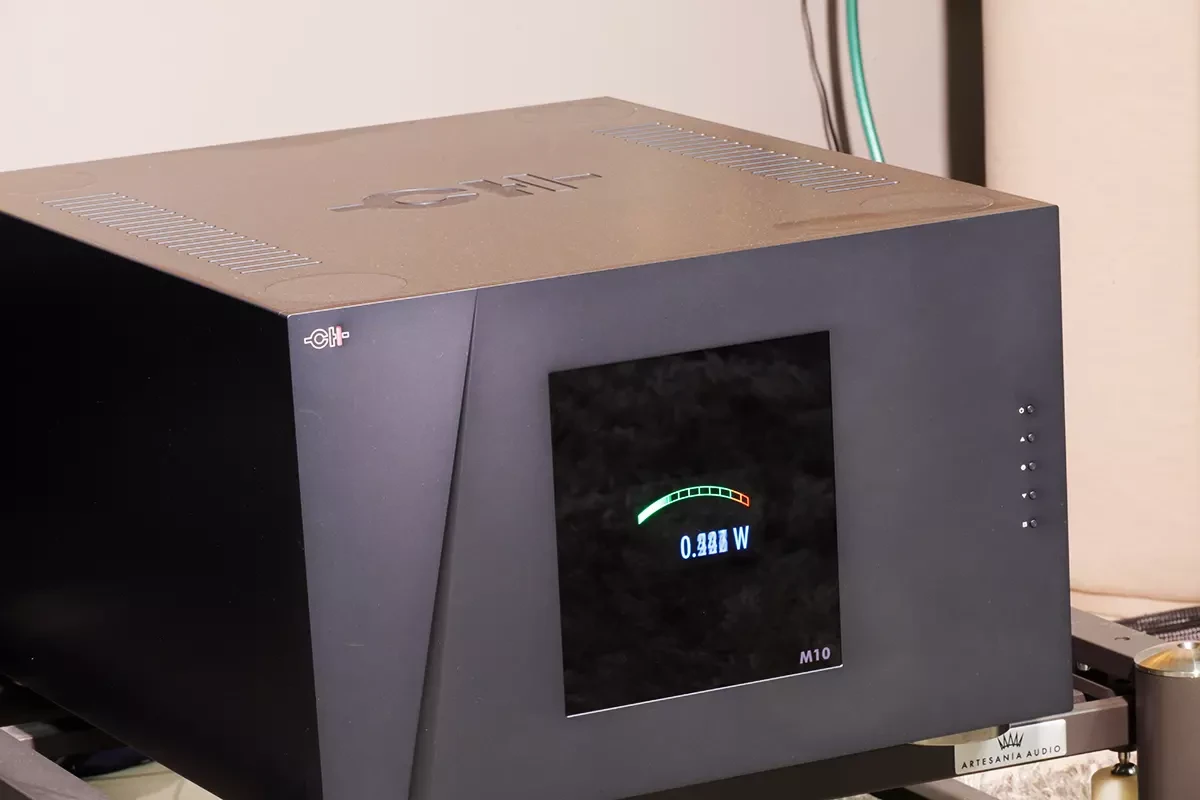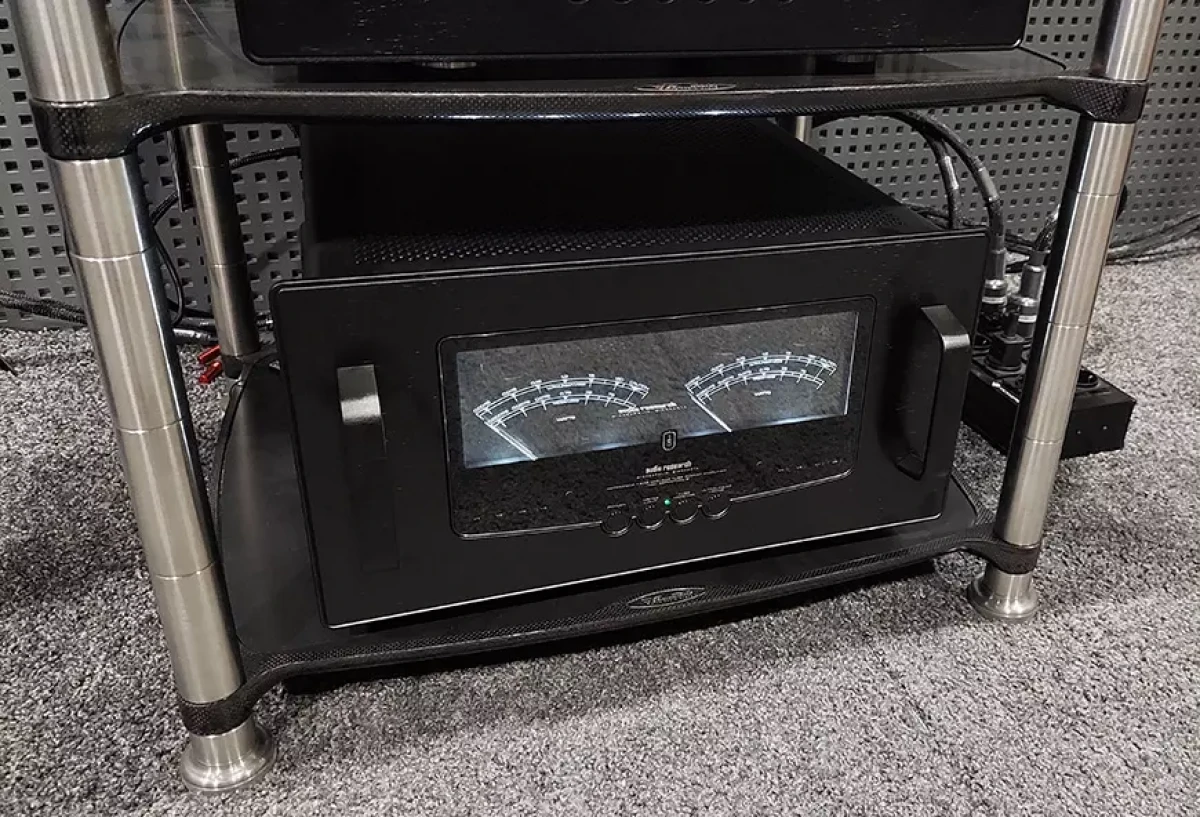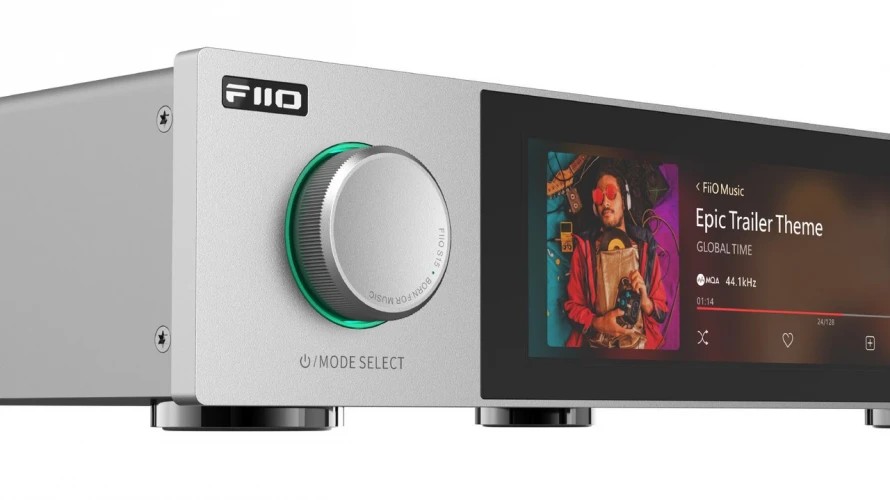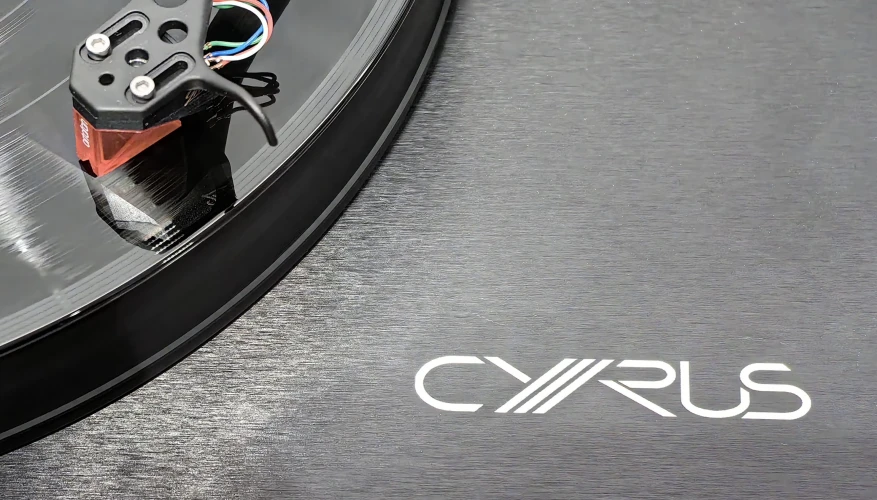
Audiophile's guide - how to choose an amplifier for loudspeakers?
Avoiding mistakes and revealing all the capabilities of the acoustics
The inability of the amplifier to control the speakers is a fatal and most common mistake when composing and installing audio systems. Insufficient drive of the speaker systems can cross out all the rest of the work on selecting components - and the money will be literally wasted. Well, in this "how to" guide, we will consider the most important points that allow you to get the most out of the loudspeakers and give step-by-step instructions for assessing the compatibility of components.
Speaker impedance and impedance curve are one of the main indicators that load the amplifier
The total electrical impedance of the speakers in the factory TTX is usually measured at a frequency of 1 kHz - and, in fact, in isolation from the dynamics across the entire frequency response, it looks very deceitful. For example, the speakers can show 8 Ohms at 1 kHz and drop to 2 Ohms at 50 Hz. This means that most part of ordinary amplifiers simply will not provide proper bass control at such a load. Therefore, always study the impedance range and estimate its minimum - if this parameter is not in the performance characteristics of the speakers, tests of the acoustics model of interest with measurements will come to the rescue. The higher the impedance, the easier it will be for the amplifier to control the speakers - stable 8 Ohms in the entire range are easy to control, 4 Ohms with drops to 2 Ohms are extremely difficult.

Speaker sensitivity is the most important parameter for assessing amplification requests
Sensitivity is the most insidious indicator in the performance characteristics of loudspeakers. Formally, this is the sound pressure level that a loudspeaker develops when 1 W of power is supplied to it at a frequency of 1 kHz. In practice, it turns out that lowering the frequency by an octave doubles the required requests (that is, at a frequency of 500 Hz, 1 W will turn into 2 W, and for 37 Hz bass - into 32 W) - in addition, a 3 dB difference in sensitivity will provide another doubling of requests (for 90 dB, for example, 50 W is desirable, and for 87 dB sensitivity, 100 W will be required). The conclusion is simple - when choosing, focus on the speakers with the highest sensitivity for this price segment - they will be the easiest to reveal. Over 93 dB sensitivity is an excellent indicator, below 89 dB - already difficult.

Damping factor - a characteristic of the stability of the amplifier's behavior at low frequencies
The amplifier at the output interacts not with one resistor, but with a large complex called an acoustic system (with complex resistance, capacitive and inductive components). In addition, amplifiers do not have ideal zero resistance at the output. As a result, such interaction of the resistance of the speaker system and the output resistance of the amplifier leads to power losses and the appearance of parasitic coupling. The damping coefficient shows how stable the amplifier-speakers bundle will interact, especially at low частотах. For vacuum tube amps with high output impedance, this coefficient can be measured in 10-20, for serious transistor amps – 200 - 2.000 of units. The bottom line is this - when choosing both tube and transistor equipment, pay attention to the damping factor and evaluate the complexity of the impedance of your speakers.

The amplifier power in assessing its "influence" on the sound quality by ear is different for class A amplifiers and other circuits (A/B, D, etc.)
Class A amplifiers are a time-tested, but relatively low-power circuit on paper with low efficiency and huge heat generation. Other amplification circuits simply do not activate the same transistor without a useful signal, thus achieving an efficiency significantly greater than 25% of class A. However, the linearity of class A amplifiers, if they are assessed across the entire frequency band, and not at any segment, is higher - so 50 W of class A amplification and 50 W of class AB amplification will differ by ear on the same speakers. And overpaying for solutions based on class A amplification is justified if you fit within the tolerance of the speaker drive capacity.
Horn speakers achieve high sensitivity, but can "raise" the high frequencies, plus require a large room
Tube amplifiers remain important players on the market - no one has yet been able to shake their position (“warm” sound is important). This type of amplification is best combined with horn speakers - their highest sensitivity allows even low-power devices to provide the necessary control, and slightly raised high frequencies are compensated by the tube softness and plasticity. It should also be remembered that horn speakers usually require a much greater distance (usually minimum 3-4 m) from the listening point than loudspeakers with dynamic drivers.

Modern compact budget speakers, as a rule, have quite low sensitivity
Bookshelf and cheap Hi-Fi speakers often have a nominal impedance of 4 Ohms with a real sensitivity of 86 - 90 dB - that is, the demands on amplification will be very significant and will cross out all the savings on such acoustics. Do not fall for such a trick.

The trend is that the larger and more expensive (higher in the model range) the speaker system, the easier it is to drive it
Many audiophiles, when studying huge speakers, assume that an extremely powerful amplifier will be required to drive them. Unfortunately, many companies have the opposite rule, since low-sensitivity speakers are cheaper to produce than high-sensitivity ones. So, sometimes it makes sense to go one step up even with an overpayment for speakers, but to get more flexibility in amplification.
Don't forget about the amplifier's current
One of the serious indicators for assessing whether an amplifier can properly control speakers is its current. If the amp is capable of producing large maximum current peaks and provides a current at a constant level of tens of Amperes, everything is fine.

The speaker cable, first of all, must ensure the transmission of the required current
When choosing a cable for connecting speaker systems to an amplifier, many forget the basic rule for calculating the cross-section. To begin with, it is worth estimating the current of the amplifier (either by the performance characteristics, or by the formula, when the maximum power of the amplifier is multiplied by the impedance, the square root is extracted from the value and the current is determined by dividing the power by the resulting voltage). Now you can choose the cable cross-section - for example, if the current is 15 A, then 1.5 mm2, if 25 A, then 2.5 mm2, etc. - of course, choosing with a "reserve".
But the losses in the cable during signal transmission can be minimized
There will always be losses in the cable - due to resistance, capacitance, inductance and leakage of insulation conductivity. But it is important to remember that the capacitance of speaker cables usually lies within 10 - 100 pF/m, the inductance is 0.1 - 1 μH/m, and the impedance is based on geometry and material, for ordinary copper it is equal to 0.017 Ohm per 1 mm2. And here is a snag - after all, as we studied above, to transmit a large current, a large cross-section of the wire is also needed. But the same DIN45500 standard requires that for speakers with a impedance of 2–20 Ohm, the cable impedance should not exceed 0.1–0.5 Ohm. Thus, giant cables with a cross-section greater than 10 mm2 will already start to be cut off at a length of 5 m. There is another option – to reduce the length of the wire. If you use monoblocks, place them near the rear panel of the speakers and connect them with a half-meter acoustic cable. Cable losses will be reduced radically.
More content

Top-8 Budget Audio Streamers with Excellent Sound
How to Choose a Network Player in 2025
When it comes to a modern Hi-Fi audio system based on a digital sound source, you can’t do without a network player or audio streamer, usually with a built-in digital-to-analog converter. These devices offer amazing flexibility of connection (both streaming clients of well-known services and wireless signal transmission options are “on board”), and their sound quality has advanced greatly in recent years. So much so that even relatively budget devices paired with an integrated Hi-Fi amplifier and acoustics can provide excellent sound quality. Our new rating or hit parade contains just such modern audio streamers.

Cyrus TTP Turntable review – 24 Kilograms of Force in a Compact Case
An Impressive Vinyl Turntable from the UK
The first and only turntable in the model range of the famous British company Cyrus, the Cyrus TTP Turntable fits perfectly with the rest of the company's models range (from the Classic PHONO to the Cyrus Classic or XR preamplifiers or integrated amplifiers) and offers extraordinary playback quality in its price category. We tested the turntable and studied it in all details - let's understand both the design of the player and its musical capabilities.

How to Choose an Audiophile Subwoofer - 2025 Rating
Thunderbolts of Sound
While a standard stereo system typically uses a pair of full-range loudspeakers, triphonic solutions, focused on acoustics with limited bass extension, supplemented by an active subwoofer, are gaining popularity. In this expert analytical material, you will find seven subwoofers specially selected by the editors - suitable specifically for music installations. The rating starts with relatively inexpensive devices and ends with genuine High-End.

Choosing a High-End Stereo Power Amplifier - 2025 Rating
Muscles for Audiophiles
A component system is the alpha and omega of a High-End system, and a stereo power amplifier is its heart. It is the power amp that is responsible for revealing the talents of the acoustic systems, controls the speakers and forms the foundation of the system's sound signature. Our new selection contains eight of the latest exceptionally powerful extra-class amplifiers - from High-End devices to the stunning Ultra High-End echelon. So, how to choose an amplifier that can handle any speakers is a solved problem.

Top 10 Best TWS Headphones of 2025 – Audiophile Guide
Which True Wireless Headphones to Choose in Terms of Sound Quality
TWS headphones have become an integral part of our lives – but, as usual, we are interested in Hi-Fi and High-End models that can satisfy the needs of audiophiles. It is not always possible to sit in front of a home system – or take large-sized overhead headphones on the road. TWS models have made a quantum leap in terms of music reproduction quality – and the ten models presented below can satisfy even the most demanding music lovers.


